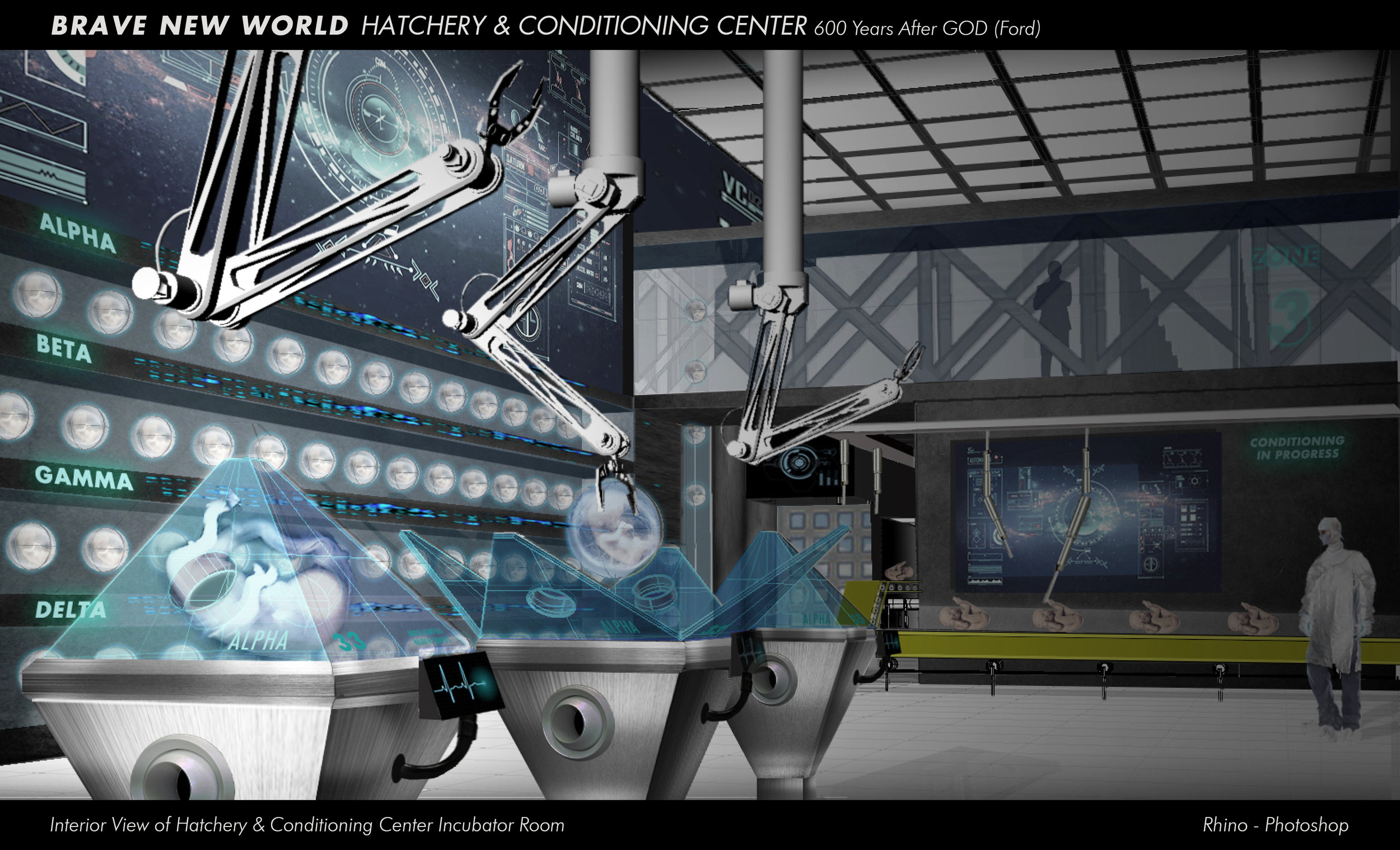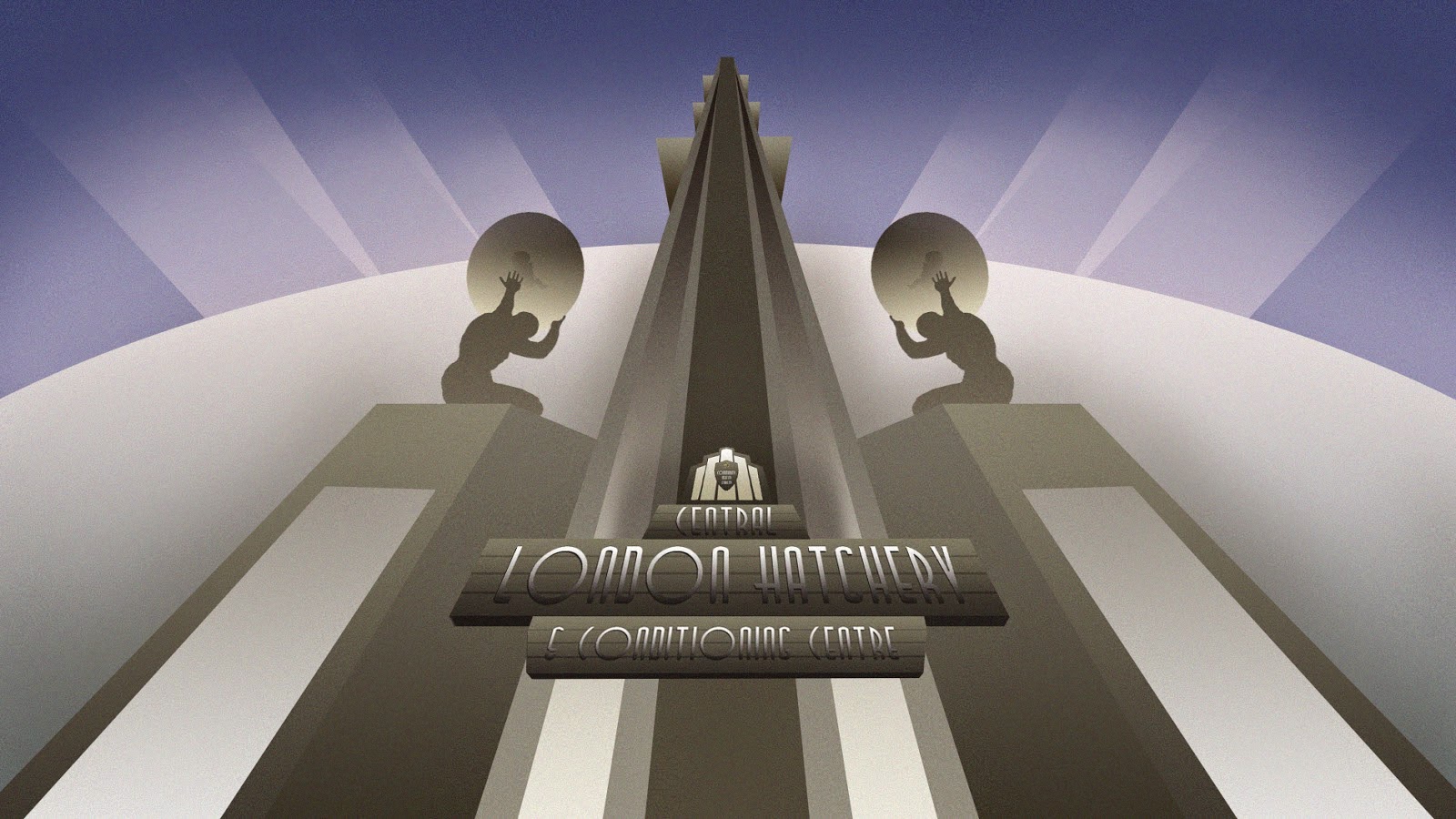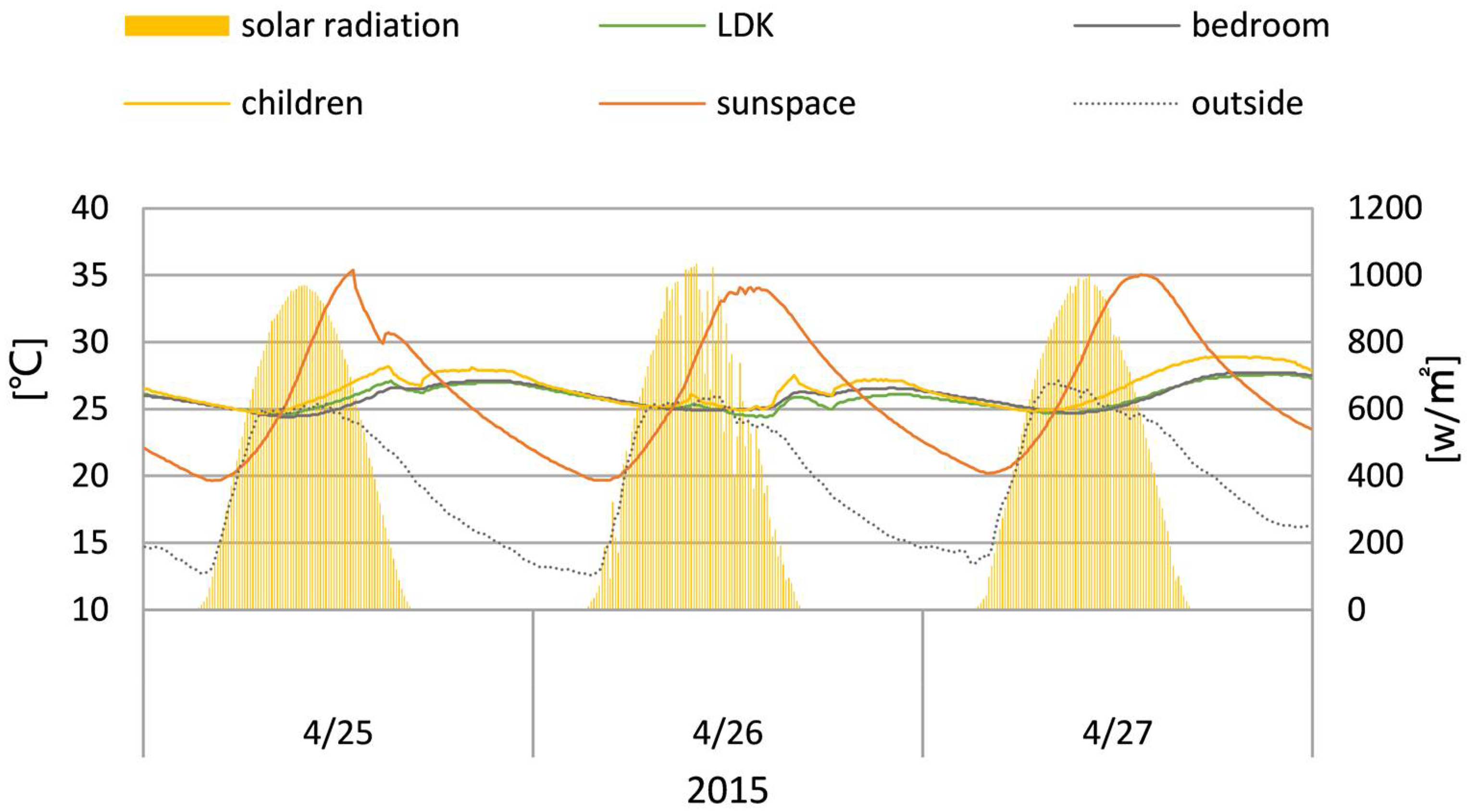Brave New World Chapter 1 Summary: Immerse yourself in a thought-provoking analysis of Aldous Huxley’s dystopian masterpiece, exploring the themes of individuality, conformity, and the complexities of a society controlled by advanced technology.
This chapter introduces us to a futuristic society where citizens are engineered and conditioned to conform, and individuality is suppressed. Through the lens of John, an outsider who questions the status quo, we delve into the profound implications of a world devoid of freedom and choice.
Characterization and Relationships

Brave New World introduces a captivating cast of characters whose intricate relationships and motivations shape the dystopian society they inhabit. John, the central figure, emerges as a complex and enigmatic individual whose presence disrupts the delicate balance of the World State.
John: A Man of Contradictions
John is a man of contradictions, torn between his longing for individuality and his desire for belonging. Haunted by memories of a different world, he yearns for a deeper meaning in life beyond the superficial pleasures offered by the World State. His fears stem from the knowledge that true freedom and authenticity are elusive in a society that suppresses individuality and encourages conformity.
Bernard and John: A Study in Contrasts
Bernard’s relationship with John highlights the contrasting perspectives that exist within the World State. Bernard, an outsider within the society, shares John’s dissatisfaction with the status quo but lacks the courage to challenge it openly. His friendship with John exposes the cracks in the World State’s facade, revealing the underlying discontent that threatens its stability.
Lenina: A Symbol of the World State
Lenina, a quintessential product of the World State, embodies the society’s values of instant gratification and pleasure-seeking. Her relationship with John tests the limits of the World State’s conditioning and reveals the fragility of its carefully constructed facade. Through Lenina, Huxley critiques the superficiality and emptiness of a society that prioritizes pleasure over substance.
Themes and Symbolism

The opening chapter of Brave New World establishes the novel’s central themes and introduces a wealth of symbols that foreshadow the complexities of the dystopian society. The themes of individuality and conformity, love, freedom, and the pursuit of happiness are explored through the characters and events in the chapter, while the soma and the Savage Reservation serve as powerful symbols that embody the novel’s critique of modern society.
Theme: Individuality vs. Conformity
The tension between individuality and conformity is a central theme in the novel. The World State emphasizes conformity and discourages individuality, as evidenced by the motto “Community, Identity, Stability.” Characters such as Bernard Marx and Helmholtz Watson struggle to reconcile their individuality with the expectations of society, while others like Henry Foster and Fanny Crowne embrace conformity.
Symbol: Soma
Soma, a drug that induces euphoria and suppresses negative emotions, is a powerful symbol of the World State’s control over its citizens. By providing instant gratification, soma stifles critical thinking and individuality, making it a tool for maintaining social stability.
Symbol: Savage Reservation
The Savage Reservation represents the remnants of the pre-World State society, a reminder of the values and beliefs that have been lost. The reservation serves as a symbol of the dangers of conformity and the importance of preserving individuality.
Setting and Society

The futuristic setting of Chapter 1 in Brave New World is a technologically advanced society known as the World State. This society is characterized by its emphasis on stability, efficiency, and the pursuit of pleasure.
World State Society
The World State is a highly organized society where individuals are assigned specific roles and functions based on their genetic predispositions. The society is governed by a central authority that maintains order and ensures the smooth functioning of all aspects of life.
- Genetic Predispositions: Individuals are genetically engineered and conditioned from birth to fit into specific societal roles, known as “castes.” This ensures a stable and predictable society.
- Emphasis on Pleasure: The World State promotes the pursuit of pleasure as the primary goal of life. Citizens are encouraged to engage in activities that bring them happiness and satisfaction.
- Control Mechanisms: The World State employs various control mechanisms to maintain order and conformity. These include the use of propaganda, the suppression of dissent, and the distribution of mood-altering drugs.
Technology and Society, Brave new world chapter 1 summary
Technology plays a crucial role in shaping the World State society. Advanced technologies have enabled the efficient management of resources, the elimination of disease, and the creation of a comfortable and pleasurable environment.
- Genetic Engineering: The use of genetic engineering allows the World State to control the physical and mental attributes of its citizens, ensuring a stable and predictable society.
- Mood-Altering Drugs: The distribution of mood-altering drugs, such as soma, helps to maintain social harmony and suppress dissent. It creates a sense of contentment and reduces the likelihood of rebellion.
- Artificial Wombs: The use of artificial wombs for human reproduction eliminates the need for traditional family structures and promotes a sense of collective responsibility for child-rearing.
Literary Devices and Style: Brave New World Chapter 1 Summary
Chapter 1 of Brave New World introduces readers to a complex and unsettling world through the use of literary devices, narrative structure, and writing style. These elements contribute to the overall impact of the story, creating a sense of foreboding and a critique of society.
Foreshadowing and Irony
Foreshadowing is used extensively throughout the chapter, hinting at the dystopian nature of the society that will be explored. For example, the description of the “feelies” as a way to experience emotions without having to actually feel them foreshadows the emotional shallowness of the characters.
Irony is also present in the chapter, particularly in the way that the characters’ actions and beliefs contradict the ideals of the society they live in. For example, the characters’ emphasis on “community” and “stability” is ironic given the isolation and conformity that are actually prevalent in their world.
Narrative Structure and Pacing
The narrative structure of the chapter is fragmented and non-linear, which contributes to the sense of disorientation and confusion that the reader feels. The story jumps back and forth between the present and the past, and the reader is often left to piece together the events that have transpired.
The pacing of the chapter is also deliberate and slow, which helps to create a sense of tension and anticipation. The reader is constantly waiting for something to happen, and the slow build-up of tension makes the eventual climax of the chapter all the more powerful.
Writing Style
Huxley’s writing style in the chapter is precise and detached, which reflects the sterile and emotionless society that he is describing. He uses a lot of scientific and technical language, which further emphasizes the dehumanizing nature of the world that the characters live in.
Overall, the literary devices, narrative structure, and writing style used in Chapter 1 of Brave New World combine to create a powerful and unsettling experience for the reader. These elements introduce the dystopian world of the novel and foreshadow the themes that will be explored in greater depth as the story progresses.
Closing Summary

In conclusion, Brave New World Chapter 1 Summary unveils a society that sacrifices individuality for stability, highlighting the delicate balance between personal identity and societal expectations. Huxley’s vision of a dystopian future serves as a cautionary tale, prompting us to reflect on the importance of free will, authenticity, and the pursuit of a meaningful existence.
FAQ Explained
What is the significance of John’s character in Brave New World Chapter 1?
John represents an outsider who challenges the societal norms and raises questions about the true nature of happiness and freedom.
How does the chapter explore the theme of individuality?
Through John’s experiences and interactions, the chapter highlights the suppression of individuality in a society that values conformity and stability.
What role does technology play in shaping the society in Brave New World Chapter 1?
Technology is used as a tool of social control, conditioning citizens to conform and suppressing any form of dissent or individuality.